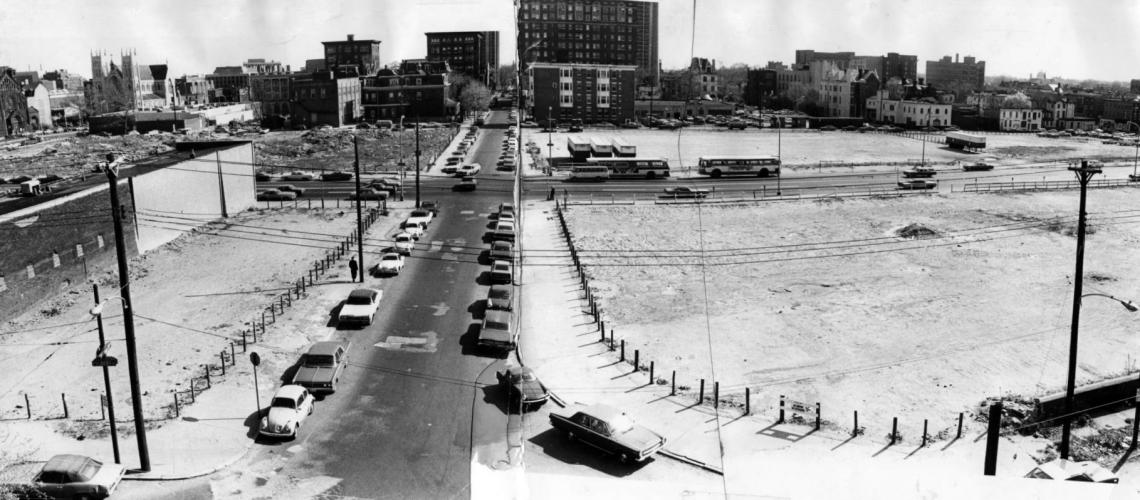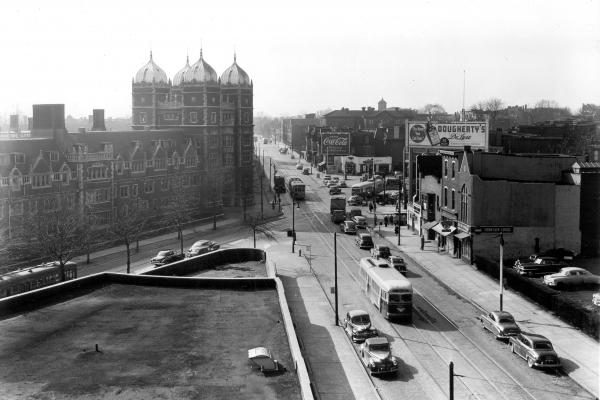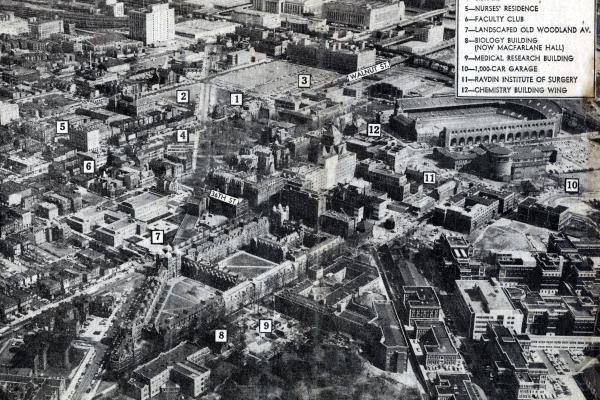Image shows Market Street between 34th and 40th Streets following demolition for redevelopment projects. The area shown was once the heart of "Black Bottom," a former neighborhood in West Philadelphia.
University Redevelopment Area Unit 3 came to represent the divide between university and community after residents were displaced as part of the creation of the University City Science Center.
University Redevelopment Area Unit 3 (RDA Unit 3), centered around Market Street between 34th and 40th Streets, was certified for redevelopment in the late 1960s. The developer, the West Philadelphia Corporation (WPC), planned the area for the University City Science Center. The WPC, a coalition funded and run primarily by the University of Pennsylvania, saw the Science Center as the centerpiece of their conception of the scholarly urban oasis branded "University City." The Drexel Institute (Drexel) was another WPC member (and therefore also involved in the construction of the Science Center), but held limited stakes and interest in the project. Before redevelopment, RDA Unit 3 was a residential area and the construction of the Science Center displaced over 2,000 residents, primarily African American renters.
Continue reading The University Redevelopment Area
Stories in this Collection
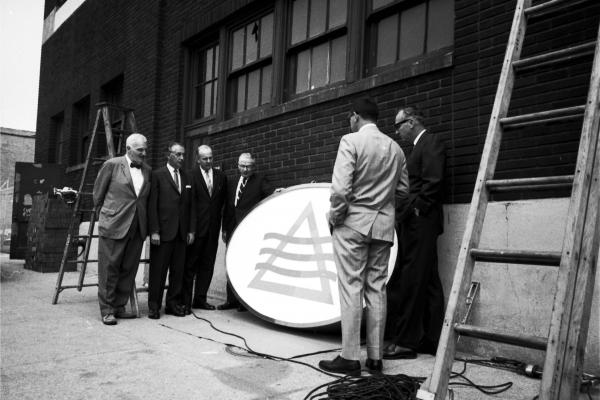 1959–2018 The West Philadelphia Corporation (WPC) was created by a coalition of West Philadelphia education institutions to address the growing disparity between their campuses and the communities surrounding them. The spurring event was the 1959 murder of a Penn graduate student by young local residents. The goal was to create a city environment “compatible” with the WPC member organizations. The most notable of the efforts was the marketing University City, a new name for the area surrounding Penn, Drexel, and the University of the Sciences. The heart of the University City would be the University City Science Center, which was created to attract new scientists and academics to the area. |
1963–1967 The Drexel Institute was only marginally involved in the creation of the University City Science Center, a project of the West Philadelphia Corporation (WPC) in Unit 3, which included the blocks between 34th and 38th Streets from Powelton and Lancaster Avenues on the north to Chestnut Street on the south. Drexel’s president, William Hagerty, James Creese’s successor, resented Drexel’s second-class status vis-à-vis Penn in the WPC, the Science Center, and the larger cosmos of West Philadelphia urban renewal. |
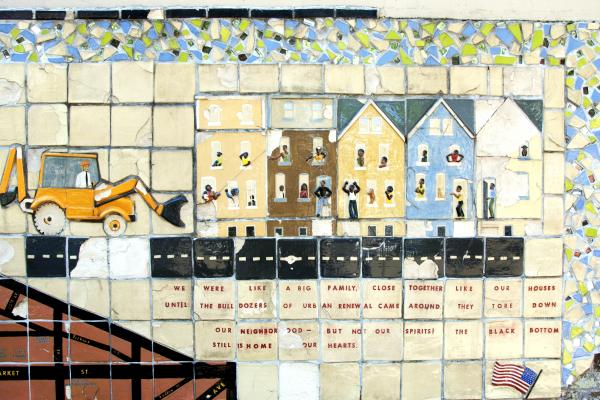 1958–1970 In the late 1960s, the West Philadelphia Corporation, a non-profit coalition of West Philadelphia “higher eds and meds” and a surrogate for the University of Pennsylvania, redeveloped RDA Unit 3 in the Market Street area and recruited the University City Science Center to fill the core of the unit. That large-scale project and the Science Center’s proposed affiliate, University City High School, necessitated the leveling of a working-poor, majority African American neighborhood known locally as the “Black Bottom” and displaced its residents. Penn’s role in the Science Center severely damaged its community relations for decades to come. |
